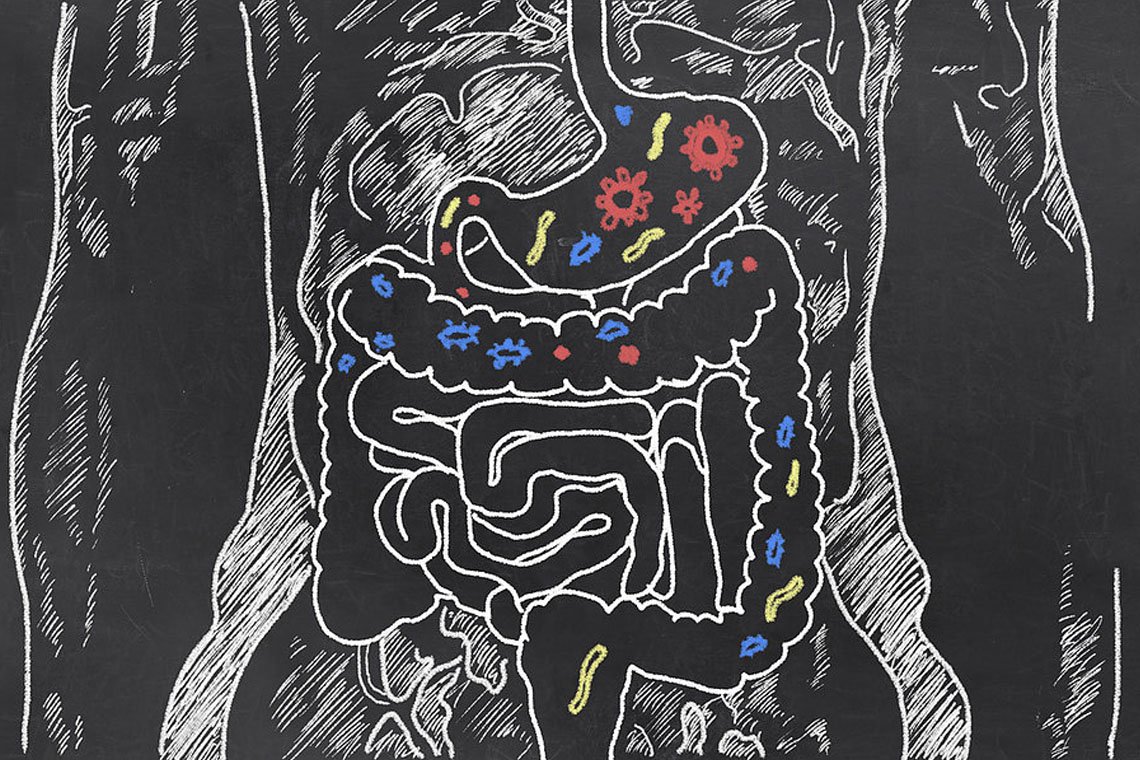- 07445412645
- Mon - Sat: 10:00 - 17:00
Services

The Low FODMAP Diet
What happens if first line advice has been tried but has not been effective for me?
If an individual’s IBS symptoms persist while following general lifestyle and dietary advice, then second line advice should be sought. Such advice should include single food avoidance and exclusion diets (for example, a low FODMAP (fermentable oligosaccharides, disaccharides, monosaccharides and polyols) diet.
What exactly is a FODMAP diet?
The FODMAP diet is a specialised elimination diet implemented to relieve IBS symptoms. First discovered by gastroenterology professor Peter Gibson and dietitian Sue Shepherd (Monash University, Australia). It is the first evidence based diet to reduce IBS symptoms up to 75%.
FODMAP stands for fermentable oligosaccharides (wheat, onion, garlic); disaccharides (milk, ice cream); monosaccarides (apples, pears, honey); and polyols (mushrooms, apricots), which are types of carbohydrates and alcohol sugars that are found in everyday foods. These carbohydrates are poorly absorbed in the small intestine and are responsible for the discomfort and symptoms of cramping, wind, bloating and/or constipation/diarrhoea associated with IBS.
The FODMAP diet entails a three-step-by-step action plan. During the first stage, all foods considered high in FODMAPs are removed from the diet for a 4-6 week period to allow the gut to settle. This phase is the most demanding, however, the benefits are priceless!!
The next stage is reintroduction, where small amounts of high FODMAP foods are slowly reintroduced into the diet, gradually increasing the amounts to test for tolerance levels.
The final stage is maintenance: formulating a lifelong diet plan that is both nutritious & delicious.
This program includes step-by-step easy to read booklets and resources to ensure maintenance and adherence is easier for you. This program includes an initial assessment and 2-3 follow up appointments and round the clock support via email.
Back to Category
